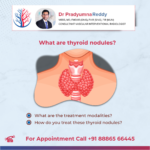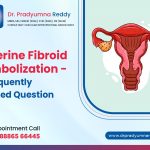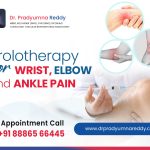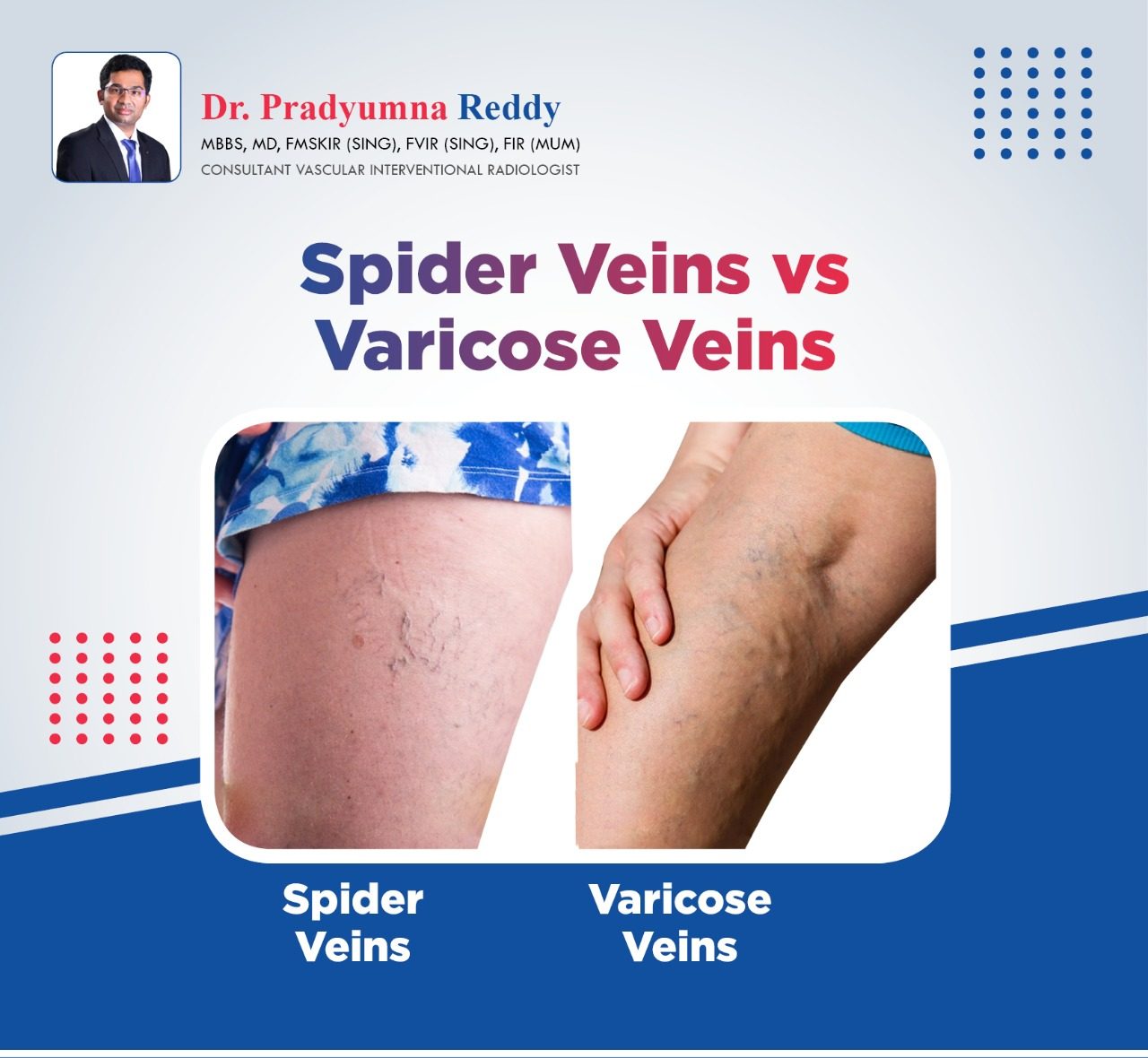What are Varicose Veins?
Varicose veins are large, raised, and swollen veins that are twisted and appear red, blue, or skin-coloured. Varicose veins can be seen in any part of the body; however, these are commonly observed in the legs and pelvic region. In some patients, varicose veins are an aesthetic concern, whereas some patients having varicose veins experience pain that can be an indication of serious health issues.
What are Spider Veins?
Spider veins are small, damaged veins, that look like spider webs or tree branches and appear purple, blue, or red colour on the legs or face. These veins are not painful and are not an indication of underlying disease. However, most of the patients treat these veins due to cosmetic reasons.
Varicose Veins and Spider Veins Similarities and Differences
The root cause for both varicose veins and spider veins is the same. The varicose veins occur due to the dysfunction of valves in blood vessels. The forward flow of the blood is not proper in the varicose veins, and this causes the veins enlargement. The root cause of spider veins is the same as varicose veins; however, pregnancy, heredity, obesity, and menopause increase the likelihood of spider veins.
The major difference between varicose veins and spider veins is appearance. Varicose veins are swollen and raised blood vessels that are twisted under the skin, whereas spider veins are small and can be seen on the skin surface. In addition, varicose veins might be painful, but the spider veins do not cause any pain.
Causes of Varicose Veins and Spider Veins
Some of the common causes of varicose veins and spider veins are as follows:
- Hereditary
- Overweight
- Usage of birth control pill
- Postmenopausal hormonal replacement
- Patients having a history of blood clots
- An occupation that requires the employee to stand for a long period such as teachers, nurses, workers in a factory, etc.
- Changes in hormonal level during puberty, menopause, pregnancy
- Conditions that create high pressure in the abdomen such as constipation, tumor, etc.
Signs and Symptoms of Varicose Veins or Spider Veins
Apart from the visual cues, if the patient is experiencing the below-mentioned symptoms, then the patient is having varicose or spider veins:
- Swelling in the legs or ankles
- Tiredness in lower extremities
- Burning, itching, or throbbing feeling in the legs
- Lower extremities muscles cramps
Treatments for Varicose and Spider Veins
The treatments for varicose and spider veins are as follows:
- Support (Compression) Stockings: Wear proper size support hose
- Lifestyle Modifications: Maintain good skin hygiene, perform physical activities such as walking, running, etc., do not stand for a long period, elevate the legs while sitting or sleeping, avoid wearing high heels shoes.
- Sclerotherapy: This procedure is cost-effective and can be performed on an outpatient basis to treat the pain and discomfort caused due to varicose veins and to prevent vein bleeding or ulcers.
- Endovenous laser ablation: It is a minimally invasive procedure performed on an outpatient basis under local anesthesia. In this procedure, pulses of laser light are sent into the veins.
- Radiofrequency ablation: This procedure is performed on an outpatient basis under local anesthesia. In this procedure, a small catheter is inserted inside the vein, which sends radio frequency energy to the vein wall.
Want to Treat Your Varicose or Spider Veins? Book an Appointment with Dr. Pradyumna Reddy Today
Dr. Pradyumna Reddy is a well-known interventional radiologist in Hyderabad, who has been carrying an experience of 6 years in various radiological procedures. He is well-versed with basic as well as advanced radiology methods and is proficient in treating varicose and spider veins. Dr. Pradyumna Reddy is an expert in performing endovenous laser ablation for varicose veins, varicose veins radio-frequency ablation, etc.






